What to do for high productivity?

Regular feeding is essential to ensure the normal growth and development of plants and to obtain high yields from them. Especially when growing plants in the same place for several years in a row, the nutrients in the soil are depleted. The nutrients that plants absorb the most are called macronutrients, and the ones that they use the least are called micronutrients. Macronutrients include carbon, oxygen, hydrogen, nitrogen, phosphorus, potassium and calcium, while boron, manganese, iron, copper and others. Like plant life factors, nutrients cannot replace each other. When any element is lacking, physiological processes in the body are disrupted, the plant stops growing and yields decrease. For example, in the absence of copper, which is used in very small quantities, the tips of the leaves turn yellow and dry out, and the fruits become small and of poor quality. Therefore, if there is any deficiency in the plant, it is first necessary to study the nutrient content of the soil and provide the missing element in accordance with the characteristics of the plant. Fertilizers applied without knowing the composition of the soil are harmful to both the crop and the farm owner's budget. It is recommended to analyze the lands to insure this damage. The planning of the planting structure of the plant to be planted in each soil type and the need for fertilizer norms are determined. The productivity of cereals depends on the quality of the soil and climatic conditions, the degree of nutrient supply of the soil, the predecessor plants, the normal ratio of organic and mineral fertilizers and the potential productivity of the plant. Therefore, when cultivating cereals, these indicators should be taken into account, and the predecessor should be chosen correctly. The best predecessor for cereals (wheat, barley, rye, rye, etc.) in moist soils is black currant.
In irrigated lands, autumn cereals should be planted after inter-row crops (cotton, sunflower, corn, fodder beet, sugar beet, vegetable crops, etc.). Because at this time, the amount of essential nutrients that are easily absorbed in the soil is relatively improved, there are few weeds and fertile conditions are created for the development of autumn cereals. Under irrigated conditions, alfalfa, hay and soybeans are also good predecessors for autumn cereals. However, if autumn cereals are grown after alfalfa and hay predecessors, these predecessors must be plowed in August, otherwise their root remnants will germinate and reduce crop productivity.
When determining fertilizer rates for autumn cereals (wheat, barley), soil type, predecessor and potential productivity of autumn cereals and soil nutrient supply (nitrogen, phosphorus and potassium) should be taken into account. That is, the norm of nitrogen, phosphorus and potassium fertilizers should be determined according to the degree of basic soil nutrient supply.
Phosphorus-potassium fertilizers should be applied before sowing and then cultivated. 30% of the annual norm of nitrogen fertilizer should be applied before sowing, and the remaining 70% should be applied in early spring (approximately early March).
Under irrigated conditions, the selection and creation of predecessors of autumn cereals is relatively easy. Because in the lowland economic regions of the republic, as well as in the moisture-supplied regions of the Sheki-Zagatala economic region, it is possible to cultivate corn as a second crop after autumn cereals and as green fodder, then the predecessors of autumn cereals change.
back












